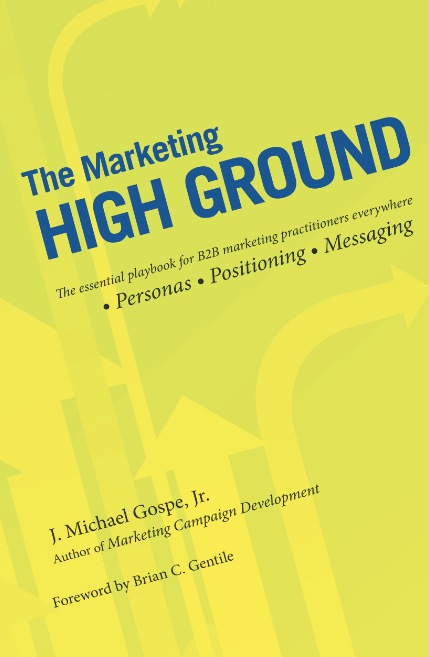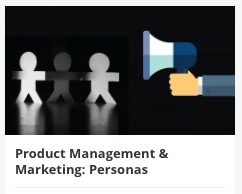Recently, I was interviewed by the editors of DemandGen Report. Here’s part 2 of 5.
- The Marketing High Ground explores why positioning statements are critical for success and includes case study examples of the pitfalls companies without a statement have faced as a result. What is the primary consideration for mapping out a positioning statement?
First comes the realization that having a positioning strategy is not optional, especially is today’s fast paced, highly competitive market place. Customers always have choices, and if we can’t help guide them in understanding the differences among the options and the superiority of what we offer, then we can only hope for success. And hope is a very risky strategy. This is difficult for some business leaders to understand because many technology companies have been successful selling products without a seasoned marketer seated at the corporate leadership table. Eventually, these “engineering-driven” or “sales-driven” companies always run out of steam because those leaders were never trained to understand the nuances of complete markets – markets that may shift at any time. The most effective companies are “market driven,” meaning that they focus always on the customer first, the product second. In these companies, marketers are seen and valued, internally, as the “customers’ advocate.” So job number one is in recognizing that having a positioning strategy is required. More so, the strategy must be documented in a simple framework that can be shared and communicated broadly throughout the company. Without a common framework and an agreement on the words to use, people in the organization will have differing understandings of the product’s value. And if management, sales, and marketing are not aligned, chaos and frustration will follow.
*** Read part 1 on the dangers of being seduced by new marketing tools
*** Read part 3 on a tip for discovering your competitive differentiation
*** Read part 4 on mapping messages to the customer’s buying process
*** Read part 5 on tips for communicating your marketing plan internally





